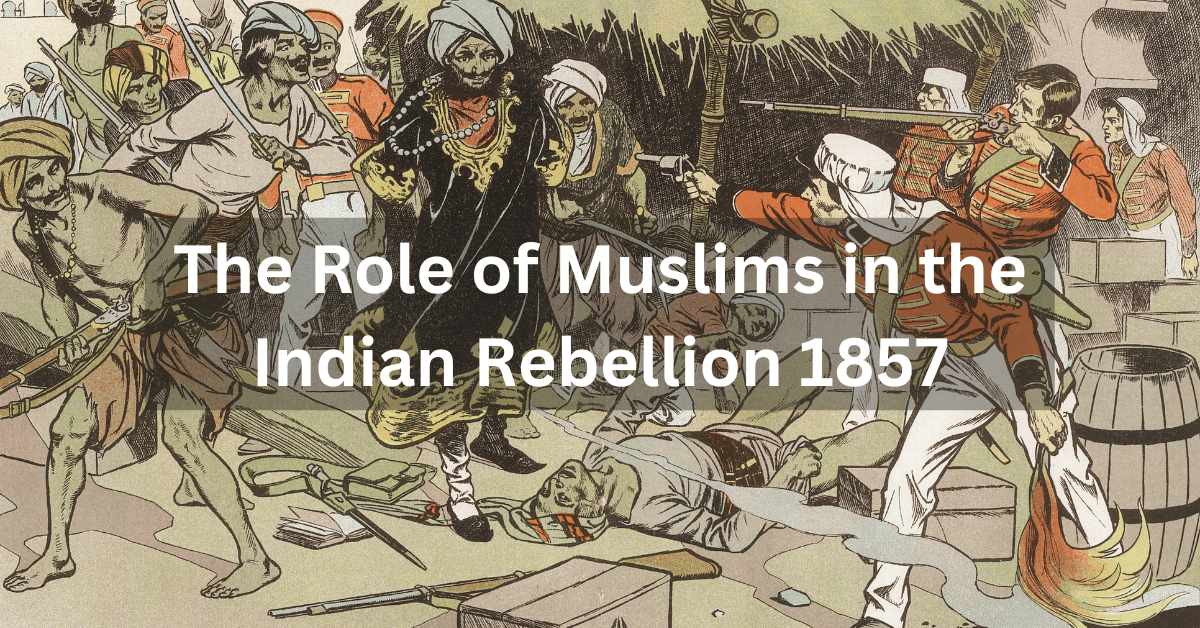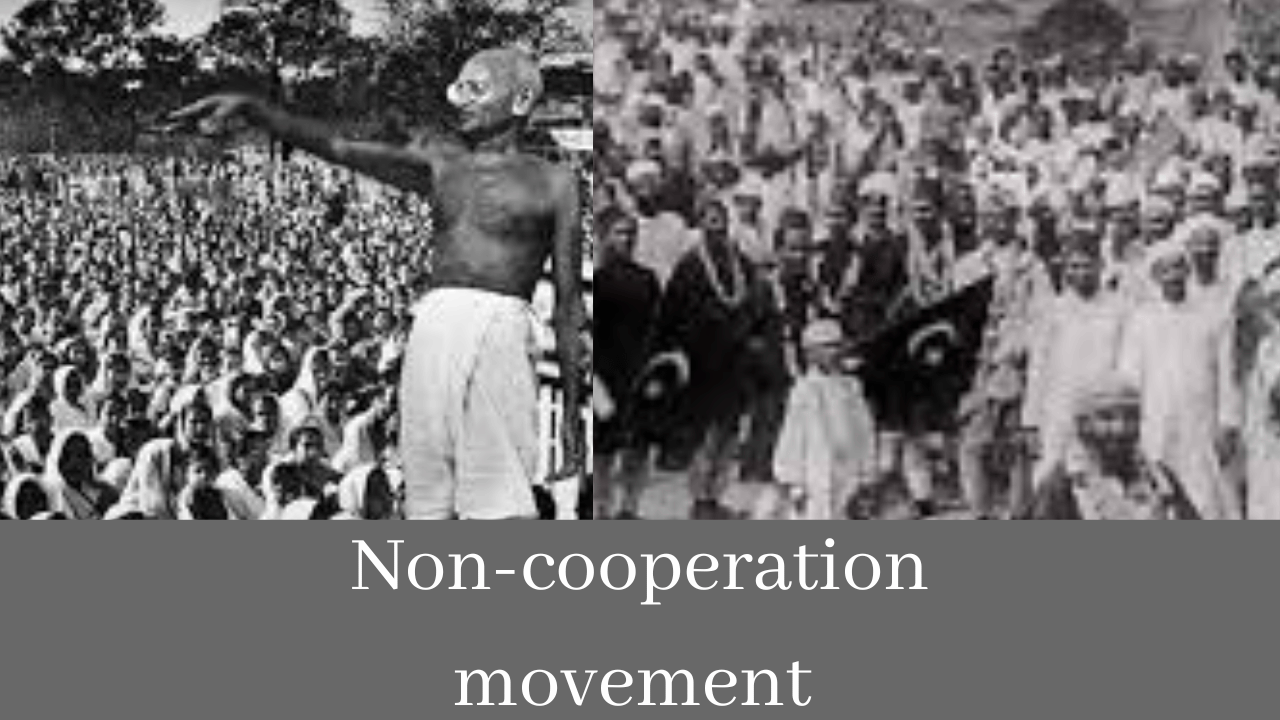All actions done for the benefit of Muslims were largely reversed after the Plasi War in 1757. Whether they work for the judiciary, the government, or the military, all positions are reserved for Britons. Following their 1857 victory against Sirajur Dola aboard the East India Company’s flagship, the British made Mir Jaffar the ruler of Bengal, even though they exercised self-rule.
Introduction: Role of Muslims
The Mughal Empire in India began to fall apart with the death of Emperor Aurangzeb, and eventually, the survival of Muslims in India was challenged by a rising wave of Jats, Sikhs, Marhatas, and Rajputs. Shah Waliullah, a Muslim activist and revered religious authority, foresaw this danger. He made every effort and sought out prominent Muslim leaders to bring Muslims together to face the imminent threat to their way of life. Intending to purify Muslims by eliminating the evil of corruption and reviving the spirit of Jihad, Shah Waliullah personally launched a campaign for the first time in Indian history. This movement briefly vanished once the British arrived, but it subsequently reappeared during the “War of Independence 1857.”
Following this, they expanded their sphere of influence to include Banaras, Areesa, the northern and southern regions, Assam, and Sindh. The 1857 War of Independence was an uprising against the East India Company’s new colonial order. Then, once things changed and Muslims realized that they were being treated less favorably than Hindus, they fought for their rights alongside the Hindus and the British.
Difference between Muslims and Hindus in Indian Rebellion 1857
The Congress and the Muslim leader “Quaid-e-Azam” had different perspectives for two fundamental reasons. First of all, “Quaid-e-Azam opposed political protests and actions, including the burning and destruction of property, and fought for independence through a democratic and constitutional uprising. The second reason was that he desired constitutional protections for Indian Muslims following the country’s liberation from British domination.
Foundation of Muslim League as Representative Party of Muslims
The creation of the “All India Muslim League” in 1906 was viewed as a positive development for Indian Muslims because it was a “communal party” made up entirely of Muslims who had registered. Sir Sami Ullah, who proposed the creation of the “All Indian Muslim League,” and “Hakim Ajmal Khan and Sir Syed Ahmad Khan,” together with other prominent Muslim figures, backed this idea. The “Muslim League” was able to secure voting rights for Muslims in under three years. Through the Lucknow Pact, the official seal was applied in 1916. The Muslim League contributed to the “Congress Civil Disobedience Campaign” in 1920, strengthening the base.
The Nehru report, which was released in 1928, helped to resolve a disagreement that had developed among the Muslim League leaders in 1927. The Muslim League stoked the flames of the desire for Pakistan, a Muslim-only state. The conflict between the “Muslim League” and “Congress” led to both the Muslim League’s formation and the development of the “Two Nation Doctrine.”
Quaid-e-Azam’s Role
Being a lawyer, Quaid-e-Azam kept attentive to all the constitutional changes made by British authorities and took into account the rights and advantages of Muslims in the subcontinent. Quaid-e-Azam’s persistent work led to the British government granting the Muslim community’s demand for separate elections. Indians had the right to representation in the Executive Council and Legislative Council for the first time when the Act of 1909 went into effect.





👍